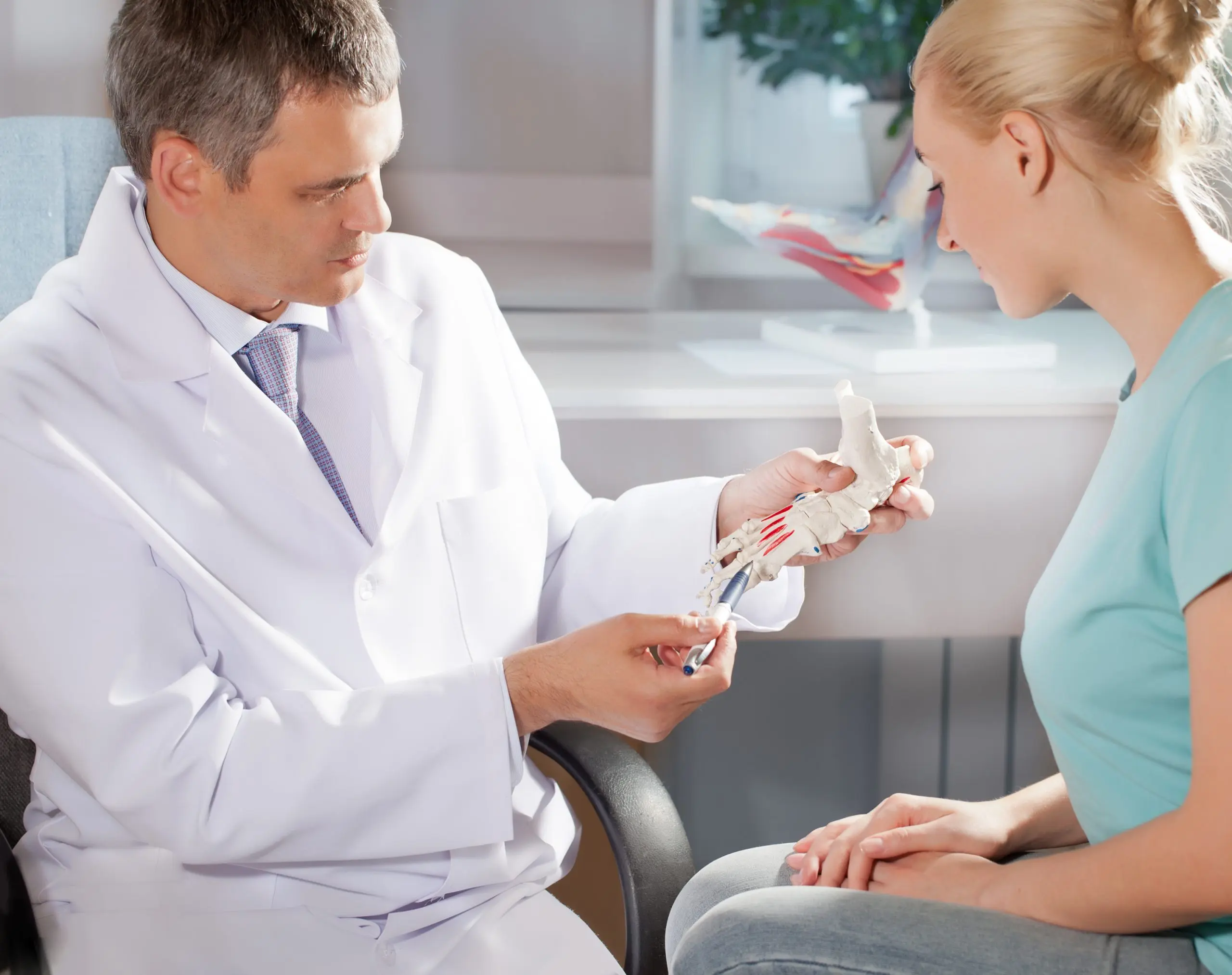
Do you feel that your feet get sore too easily? Do you notice an imbalance in your movement when walking? Don’t think that your shoes provide enough support for your plantar arches?
A deformity or inflammation may be contributing to your discomfort.
However, many foot pathologies may be the source of pain and disruption of movement.
That’s why a biomechanical examination performed by a podiatrist is a good way to identify the problem area using specific manipulations and techniques. Here’s everything about the purpose of a biomechanical exam :
Why undergo a biomechanical exam?
When it comes to a biomechanical exam, there are many reasons to seek the expertise of professionals at a podiatry clinic.
If you are experiencing any of the following, you could require a biomechanical assessment:
- You are an athlete and a pain bothers you during physical activity.
- A deviation of your leg axis prevents you from moving easily.
- You notice an inward deformation of your knees (genu valgum).
- You are a runner and want to improve your performance or find a running technique better adapted to your physical structure.
- Pressure points can be identified under your feet and represent areas where corns and calluses can accumulate.
- Your shoes are subject to unusual wear and tear.
It is not out of the question to perform a routine biomechanical exam to maintain good posture or the health of your feet.
However, if your podiatrist has already made a diagnosis, the biomechanical examination can be used to model your feet to design custom-made foot orthotics.
A three-step exam
A biomechanical exam is normally performed by analyzing the foot from all angles.
Before proceeding with a global evaluation, your podiatrist will become familiar with your current or past injuries, your general stage of health and your lifestyle.
If you feel any discomfort or recurring pain, it is important to mention where it is to your podiatrist.
The biomechanical exam then includes two phases: a dynamic foot exam (while walking) and an examination of the foot without load.
Foot exam during movement
Also called a dynamic foot exam, a foot exam during movement serves to analyze the reactivity of the lower limbs. This assessment method is used to detect any anomalies during movement.
The dynamic foot exam is conducted as follows:
- The podiatrist identifies the supporting areas using a podoscope.
- The patient walks on a treadmill or walkway.
- The patient is asked to walk, and their movements are then examined and recorded.
- Finally, the footprints are scanned using 2D or 3D technology that distinguishes pressure points and imbalances.
Foot exam without load
For a foot exam without load, the feet are examined while the person is in a sitting position.
Here are the different steps of the exam, during which the podiatrist conducts:
- A series of targeted palpations (ankles, knees or hips) according to the identified areas of pain.
- A general visualization of the feet in search of atrophies and dermatological plantar lesions, such as a wart or calluses.
- Observation of skeletal components for abnormalities, such as Achilles tendonitis, plantar fasciitis or arthrosis of the joints.
- A verification of the range of joint movement to identify asymmetries or abnormally painful motions.
- An analysis of the front-to-back relationship of the feet to identify either a neutral shape or a valgus (flat) or supination (varus) of the foot.
- A test of the muscular function of the foot using manipulations.
- An examination of nerve sensations, especially if the patient is diabetic.
Following the biomechanical exam
Following the biomechanical exam, your podiatrist compiles the data collected and designs your personalized therapeutic plan.
A prescription for foot orthotics, manual therapy or a foot care session are some of the options available following a biomechanical exam.
Few assessment methods are as complete as a musculoskeletal check-up performed by a professional.
Your feet deserve the best attention they can get. Place your trust in a footcare professional.